Not only is it the first steel bridge connecting the two banks of the Red River, Long Bien Bridge is also a cultural and historical heritage of the capital. Through many ups and downs, Long Bien Bridge is no longer intact, but the image of the bridge, which is more than a hundred years old, is always associated with Hanoi and has become a sacred part of the beloved capital.
Every time I pass or stop on Long Bien Bridge, images of a peaceful, ancient Hanoi appear before my eyes. The values of culture and history seem to be imprinted on each span of the bridge, recalling many past memories of Hanoi.
Let's admire the simple moments capturing daily life activities on Long Bien Bridge through the photo series of photographer Cao Anh Tuan.
 Long Bien Bridge is one of the typical, beautiful and unique images of Hanoi culture and history created by humans. And for Hanoians, Long Bien Bridge is not only the first bridge connecting the two banks of the Red River, but also an inseparable historical relic of the Capital throughout the 20th century. This bridge was inaugurated on this day 112 years ago, February 28, 1902.
Long Bien Bridge is one of the typical, beautiful and unique images of Hanoi culture and history created by humans. And for Hanoians, Long Bien Bridge is not only the first bridge connecting the two banks of the Red River, but also an inseparable historical relic of the Capital throughout the 20th century. This bridge was inaugurated on this day 112 years ago, February 28, 1902.  Hanoi has Long Bien Bridge, both long and wide, spanning the Red River. Trains and vehicles travel leisurely, and people busily carry their loads back and forth... On September 13, 1889, the first stone was officially laid by Governor-General Paul Doumer at the bridge pier on the left bank of the Cai River.
Hanoi has Long Bien Bridge, both long and wide, spanning the Red River. Trains and vehicles travel leisurely, and people busily carry their loads back and forth... On September 13, 1889, the first stone was officially laid by Governor-General Paul Doumer at the bridge pier on the left bank of the Cai River.  Long Bien Bridge was designed in the cantilever style that Daydé & Pillé first applied to the bridge in Tobiac (Pari) on the Paris - Orleans railway line in France. The bridge is 1,862m long, consisting of 19 steel girder spans and stone approach roads. In the middle of the bridge there is a monorail for trains. On both sides of the bridge there are roads for motor vehicles and pedestrians. After nearly 3 years of construction, on February 28, 1902, the bridge was officially inaugurated and named Doumer Bridge. After Hanoi was liberated, the bridge was renamed Long Bien Bridge. Long Bien Bridge is beautiful in shape, unique in design and construction materials, and has become the second longest bridge in the world and the most prominent in the Far East at that time.
Long Bien Bridge was designed in the cantilever style that Daydé & Pillé first applied to the bridge in Tobiac (Pari) on the Paris - Orleans railway line in France. The bridge is 1,862m long, consisting of 19 steel girder spans and stone approach roads. In the middle of the bridge there is a monorail for trains. On both sides of the bridge there are roads for motor vehicles and pedestrians. After nearly 3 years of construction, on February 28, 1902, the bridge was officially inaugurated and named Doumer Bridge. After Hanoi was liberated, the bridge was renamed Long Bien Bridge. Long Bien Bridge is beautiful in shape, unique in design and construction materials, and has become the second longest bridge in the world and the most prominent in the Far East at that time.  The bridge was built by the French colonialists with the intention of exploiting the colony for the first time, and to serve the suppression of the anti-French colonialist movements of the people of Northern Vietnam. That is why the bridge was built with the blood and bones of many Vietnamese people. And today, the bridge still stands firmly thanks to the efforts of Vietnamese patriots to protect and preserve it. Long Bien Bridge has stood firm and steadfast with the people of the capital during the years of resistance against the French and the Americans. Long Bien Bridge is a witness to history and Long Bien itself has also become history.
The bridge was built by the French colonialists with the intention of exploiting the colony for the first time, and to serve the suppression of the anti-French colonialist movements of the people of Northern Vietnam. That is why the bridge was built with the blood and bones of many Vietnamese people. And today, the bridge still stands firmly thanks to the efforts of Vietnamese patriots to protect and preserve it. Long Bien Bridge has stood firm and steadfast with the people of the capital during the years of resistance against the French and the Americans. Long Bien Bridge is a witness to history and Long Bien itself has also become history.  From Long Bien, there were earth-shaking August days, and Hanoi became the beloved capital of the whole country. From Long Bien, there were victorious troops marching to liberate the capital. In the autumn days of 1954, Long Bien bridge witnessed the last French expeditionary soldiers withdrawing from Hanoi and also from Long Bien bridge, the proud cannons and the river beat the enemy, together with the whole country defeated the destructive war, leading to a Dien Bien Phu in the air that shook the world.
From Long Bien, there were earth-shaking August days, and Hanoi became the beloved capital of the whole country. From Long Bien, there were victorious troops marching to liberate the capital. In the autumn days of 1954, Long Bien bridge witnessed the last French expeditionary soldiers withdrawing from Hanoi and also from Long Bien bridge, the proud cannons and the river beat the enemy, together with the whole country defeated the destructive war, leading to a Dien Bien Phu in the air that shook the world.  But also during those years of war, Long Bien Bridge was bombed 14 times, 9 spans were knocked down and 4 pillars were severely damaged, but the broken bridge was reconnected, the damaged bridge was repaired immediately to ensure the traffic flow. More than 1.8 kilometers of the bridge road seemed to have never been interrupted, the bridge never stopped operating, and every important shipment still followed this road to support the battlefield in the South.
But also during those years of war, Long Bien Bridge was bombed 14 times, 9 spans were knocked down and 4 pillars were severely damaged, but the broken bridge was reconnected, the damaged bridge was repaired immediately to ensure the traffic flow. More than 1.8 kilometers of the bridge road seemed to have never been interrupted, the bridge never stopped operating, and every important shipment still followed this road to support the battlefield in the South.  Having gone through countless changes with the wind and sun of time, and the destruction of war, Long Bien Bridge now only has one double span in the North, one double span in the South plus half a double span in the middle of the river, which still retains its original shape. The bridge spans that were destroyed by bombs have been replaced by semi-permanent girders with a straight span placed on newly built piers. But Long Bien Bridge still stands there, spanning the Mother River like a thousand-year-old green dragon still thoughtfully watching the beloved city changing every day.
Having gone through countless changes with the wind and sun of time, and the destruction of war, Long Bien Bridge now only has one double span in the North, one double span in the South plus half a double span in the middle of the river, which still retains its original shape. The bridge spans that were destroyed by bombs have been replaced by semi-permanent girders with a straight span placed on newly built piers. But Long Bien Bridge still stands there, spanning the Mother River like a thousand-year-old green dragon still thoughtfully watching the beloved city changing every day.  Today's Hanoi is bustling in the flow of the new era and has many more modern, majestic bridges. The role of a traffic artery is no longer there, Long Bien Bridge is now only for cyclists, motorbikes and trains, but the bridge still does not lose its inherent position in the hearts of Hanoians: every morning, convoys of trucks carrying vegetables, ornamental plants... into the inner city, workers and civil servants go to offices and factories, students go to school. The wind from the Red River blows across the bridge, blowing away the salty sweat and hardships of daily life. Until now, Long Bien Bridge is still the most beautiful bridge in Hanoi. It seems that the beauty hidden inside the bridge is also a challenge for artistic creativity. The bridge's architecture is a harmony of classical and modern features, creating a special attraction for tourists coming to Hanoi and for young people who are passionate about photography, bringing creative inspiration to those who love and are attached to this city.
Today's Hanoi is bustling in the flow of the new era and has many more modern, majestic bridges. The role of a traffic artery is no longer there, Long Bien Bridge is now only for cyclists, motorbikes and trains, but the bridge still does not lose its inherent position in the hearts of Hanoians: every morning, convoys of trucks carrying vegetables, ornamental plants... into the inner city, workers and civil servants go to offices and factories, students go to school. The wind from the Red River blows across the bridge, blowing away the salty sweat and hardships of daily life. Until now, Long Bien Bridge is still the most beautiful bridge in Hanoi. It seems that the beauty hidden inside the bridge is also a challenge for artistic creativity. The bridge's architecture is a harmony of classical and modern features, creating a special attraction for tourists coming to Hanoi and for young people who are passionate about photography, bringing creative inspiration to those who love and are attached to this city.  For many people living in Hanoi or abroad, Long Bien Bridge is an unforgettable image. Perhaps that is why a Vietnamese artist living in France invested in designing a grand festival about Long Bien Bridge, the "Memories of Long Bien Bridge" Festival held in October 2009. From a historical witness, the legendary bridge of Hanoi has become the main character of a festival. 112 years have passed, but the values of the past still seem to be deposited on each span of the bridge. The country changes, the capital changes, but the symbolic value of Long Bien Bridge remains forever. The beauty and historical values of the past as well as the present, are cultural heritage in the future development of Hanoi.
For many people living in Hanoi or abroad, Long Bien Bridge is an unforgettable image. Perhaps that is why a Vietnamese artist living in France invested in designing a grand festival about Long Bien Bridge, the "Memories of Long Bien Bridge" Festival held in October 2009. From a historical witness, the legendary bridge of Hanoi has become the main character of a festival. 112 years have passed, but the values of the past still seem to be deposited on each span of the bridge. The country changes, the capital changes, but the symbolic value of Long Bien Bridge remains forever. The beauty and historical values of the past as well as the present, are cultural heritage in the future development of Hanoi.Heritage Magazine



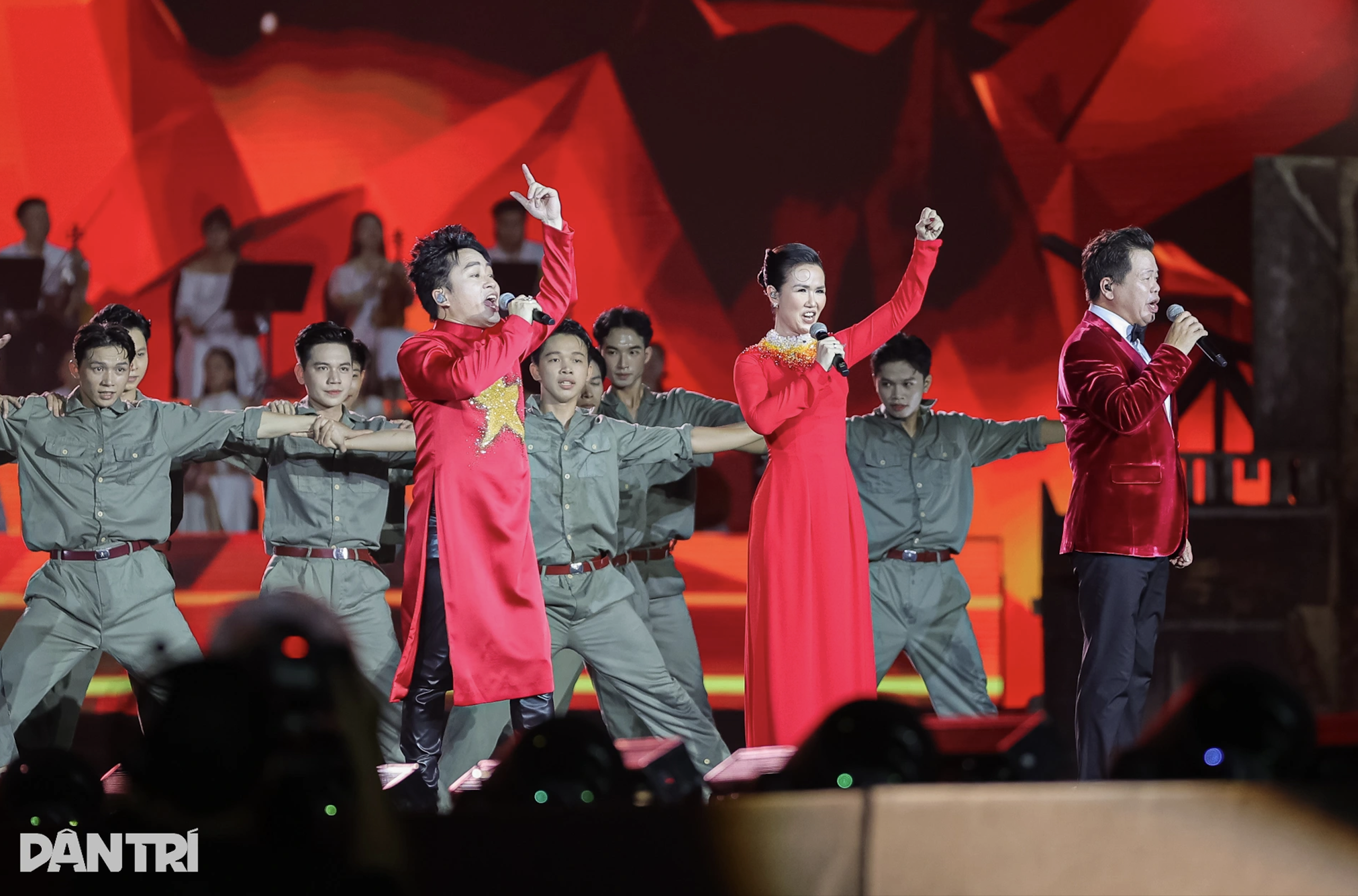


![[Photo] President Luong Cuong receives delegation of the Youth Committee of the Liberal Democratic Party of Japan](https://vstatic.vietnam.vn/vietnam/resource/IMAGE/2025/8/22/2632d7f5cf4f4a8e90ce5f5e1989194a)

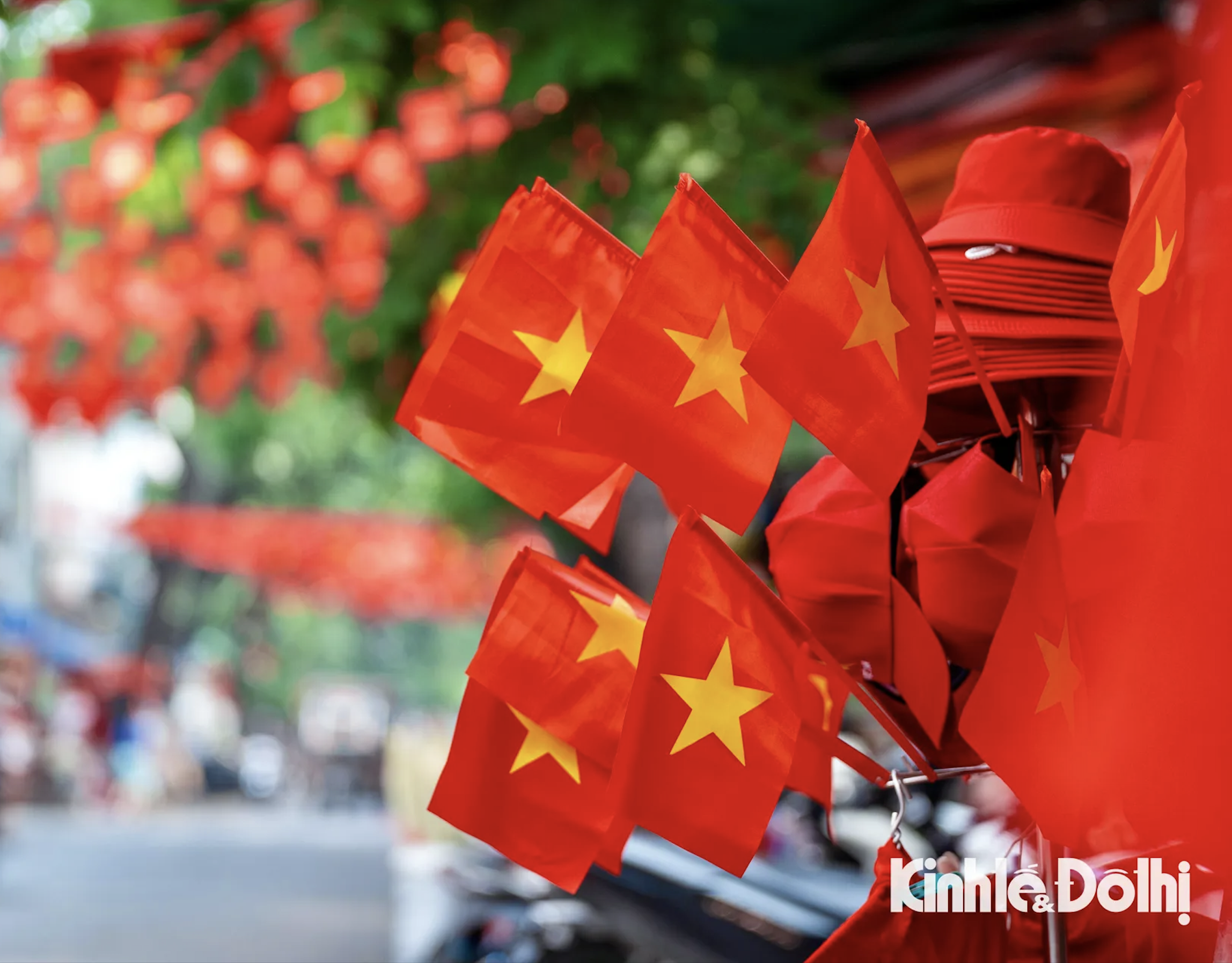

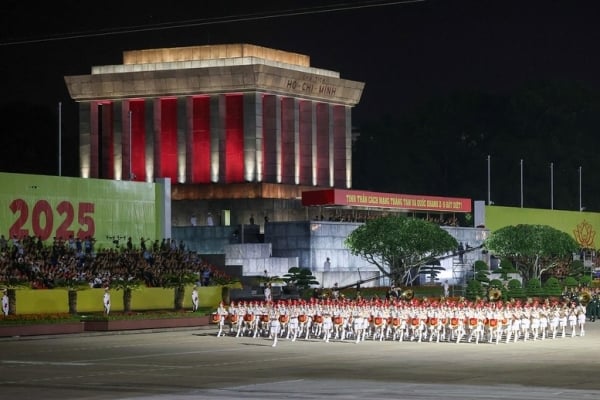

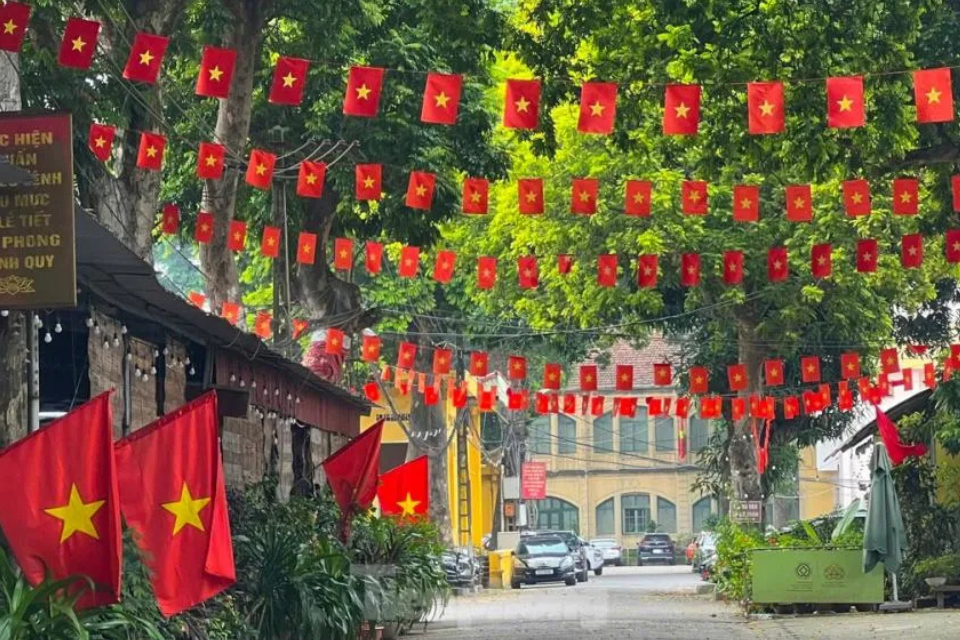



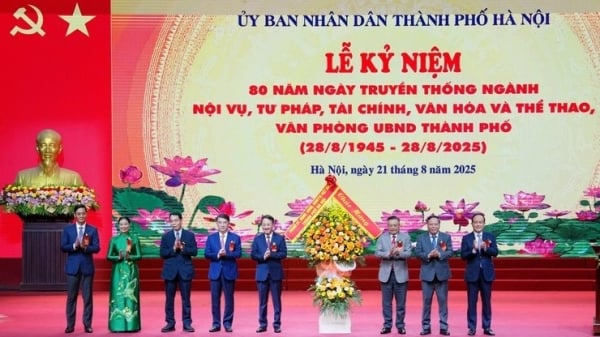



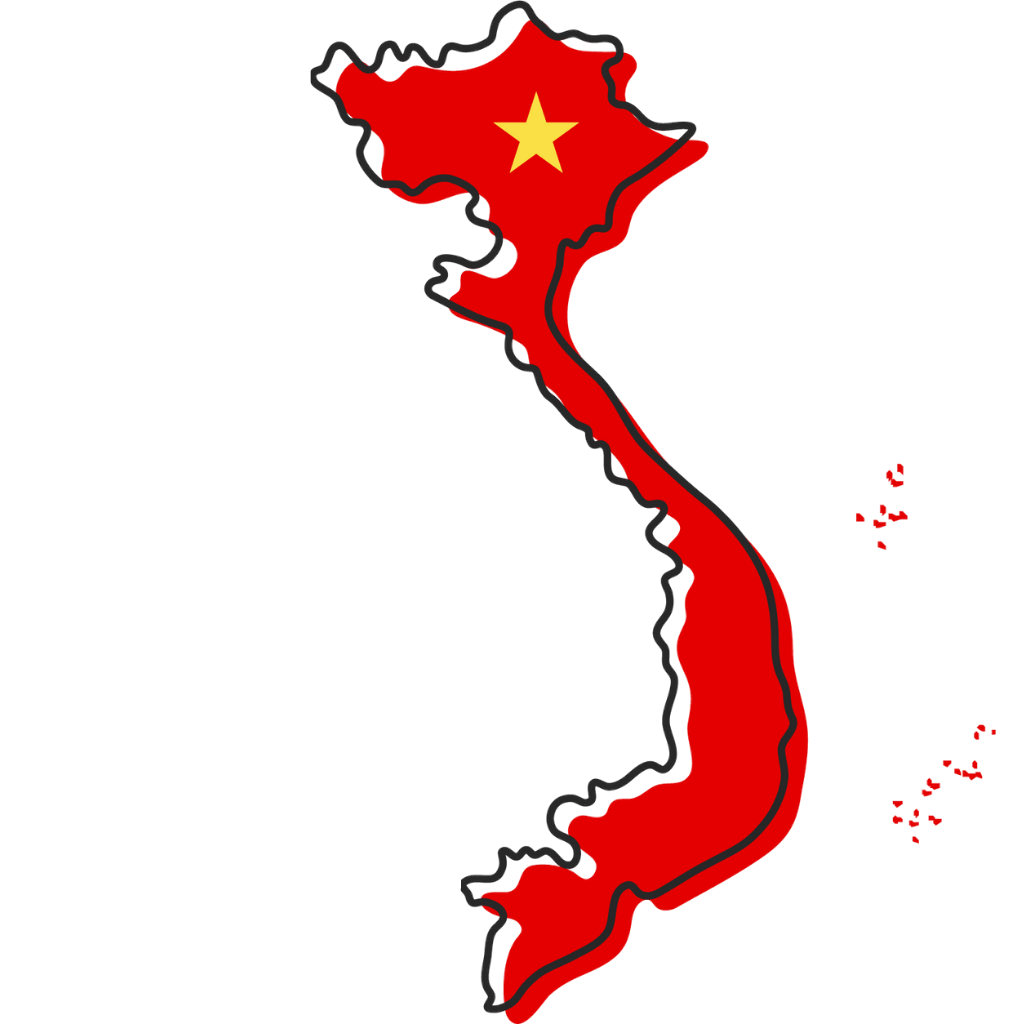
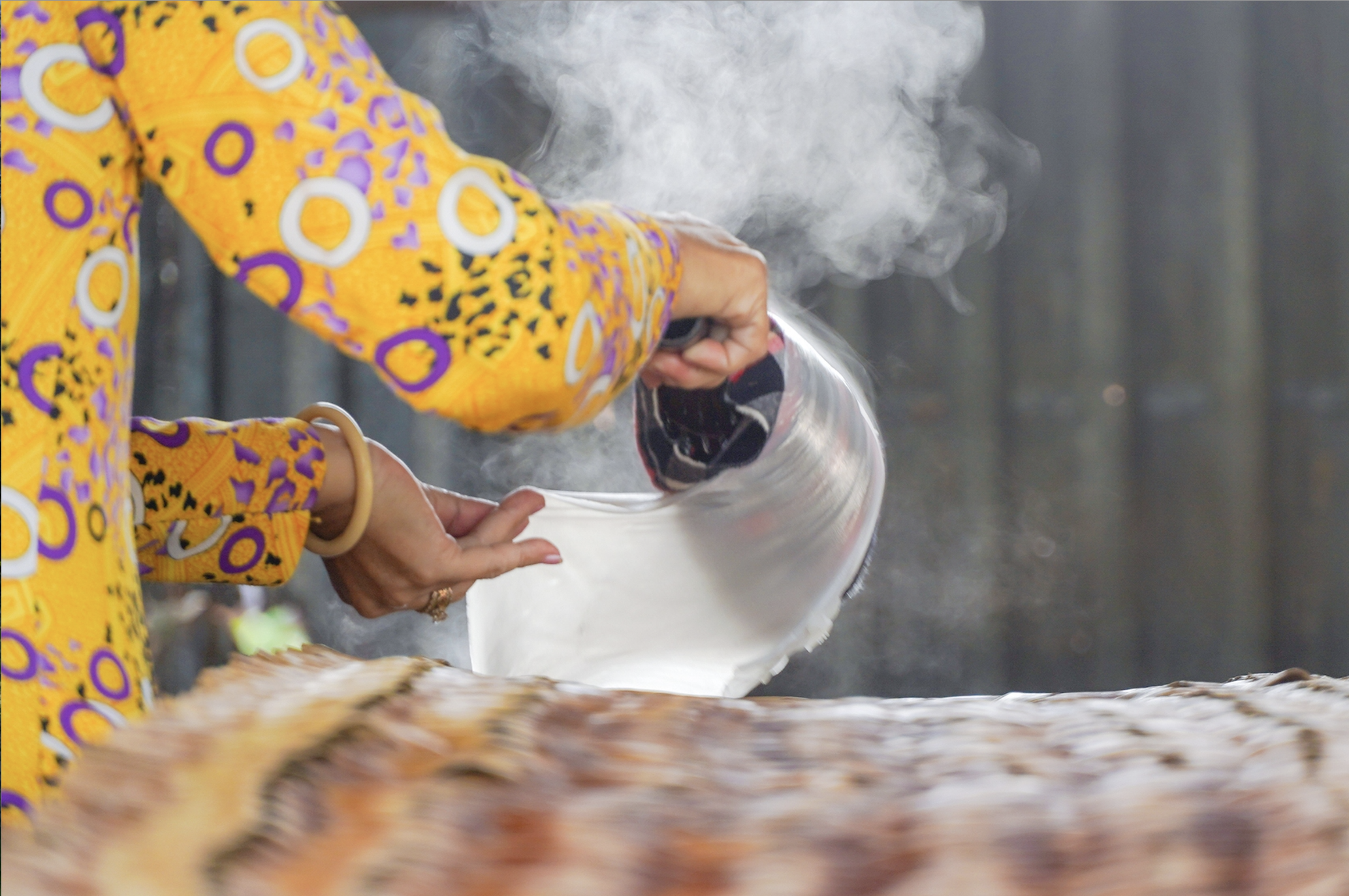


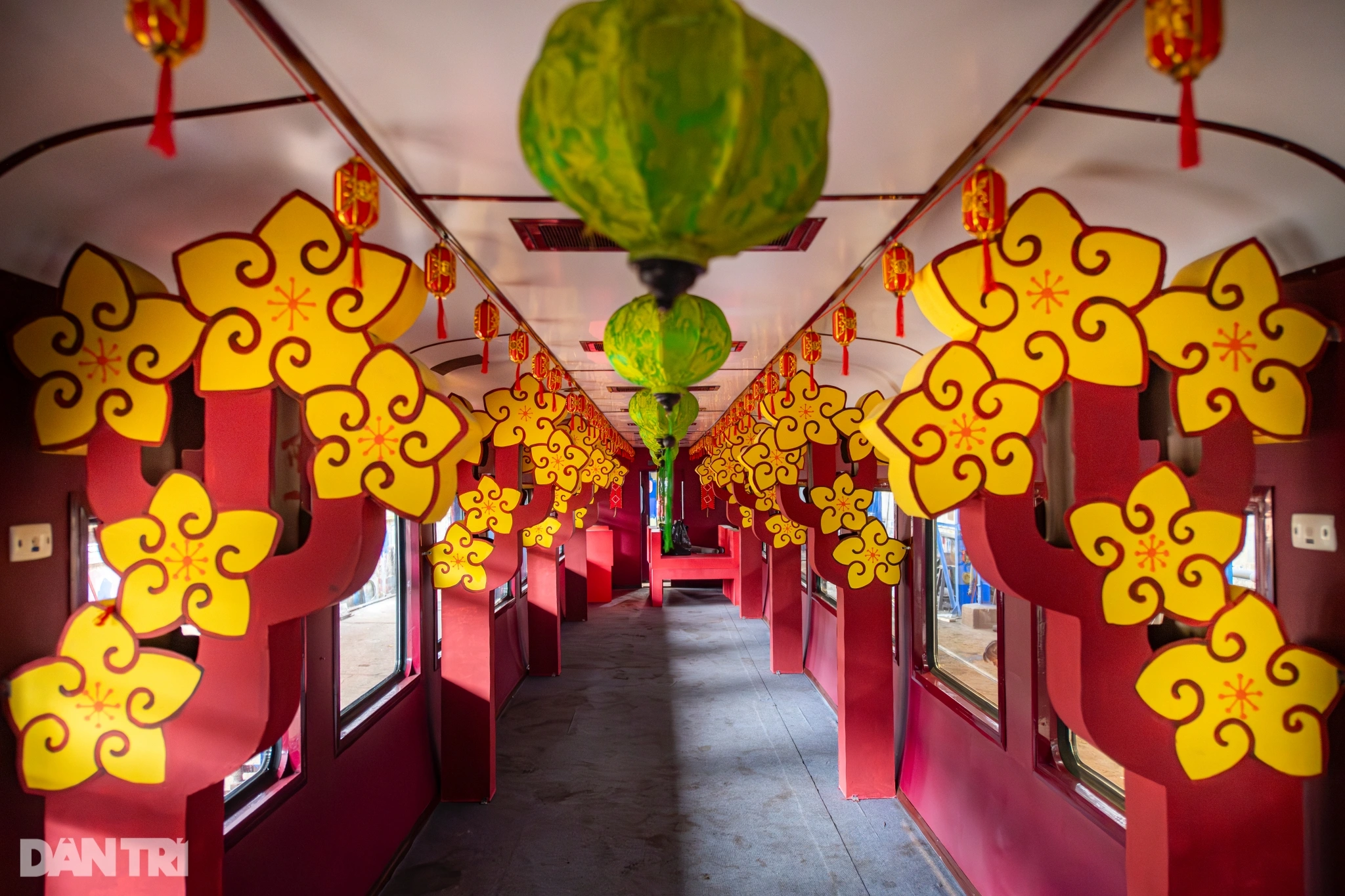
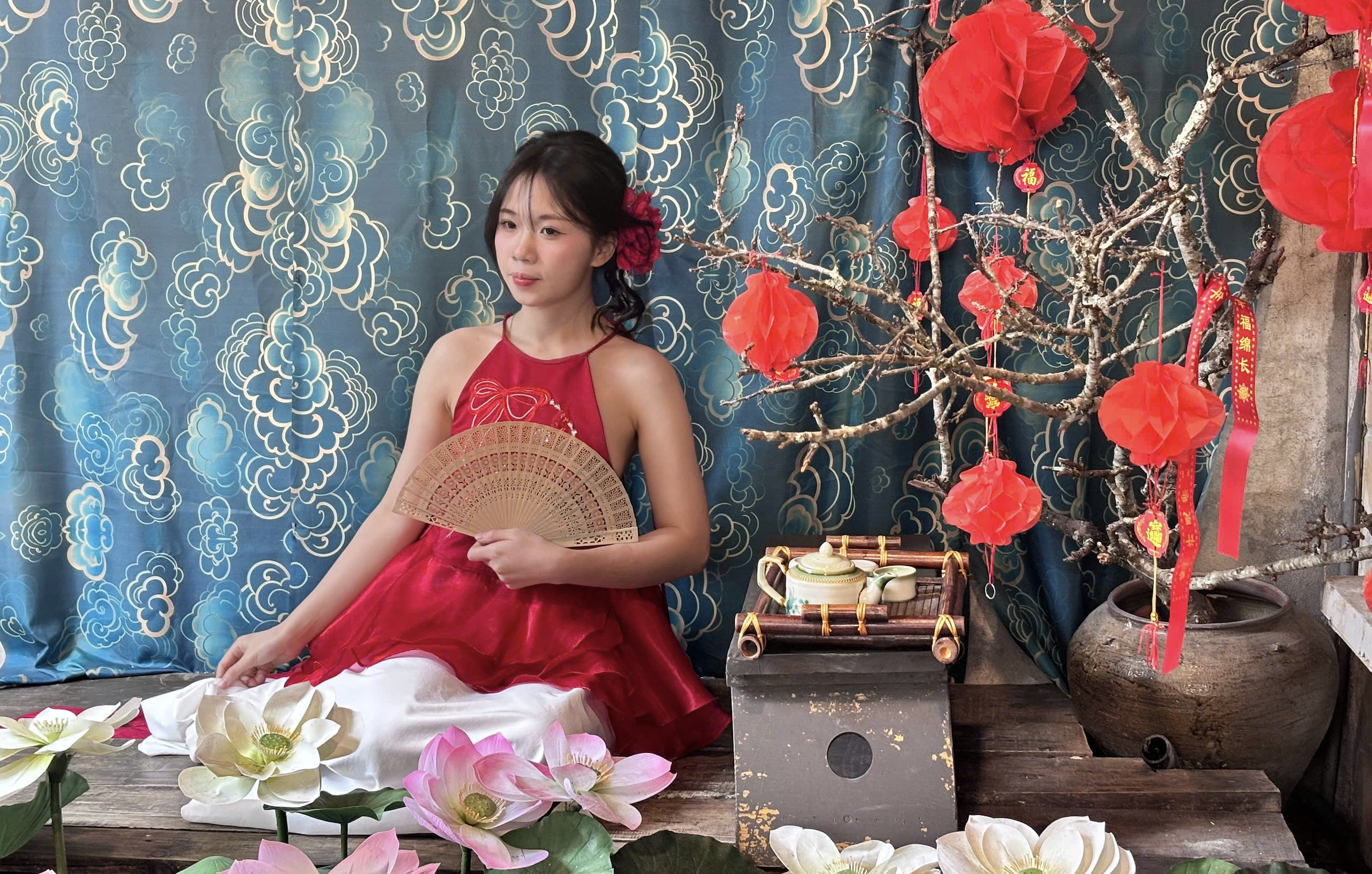





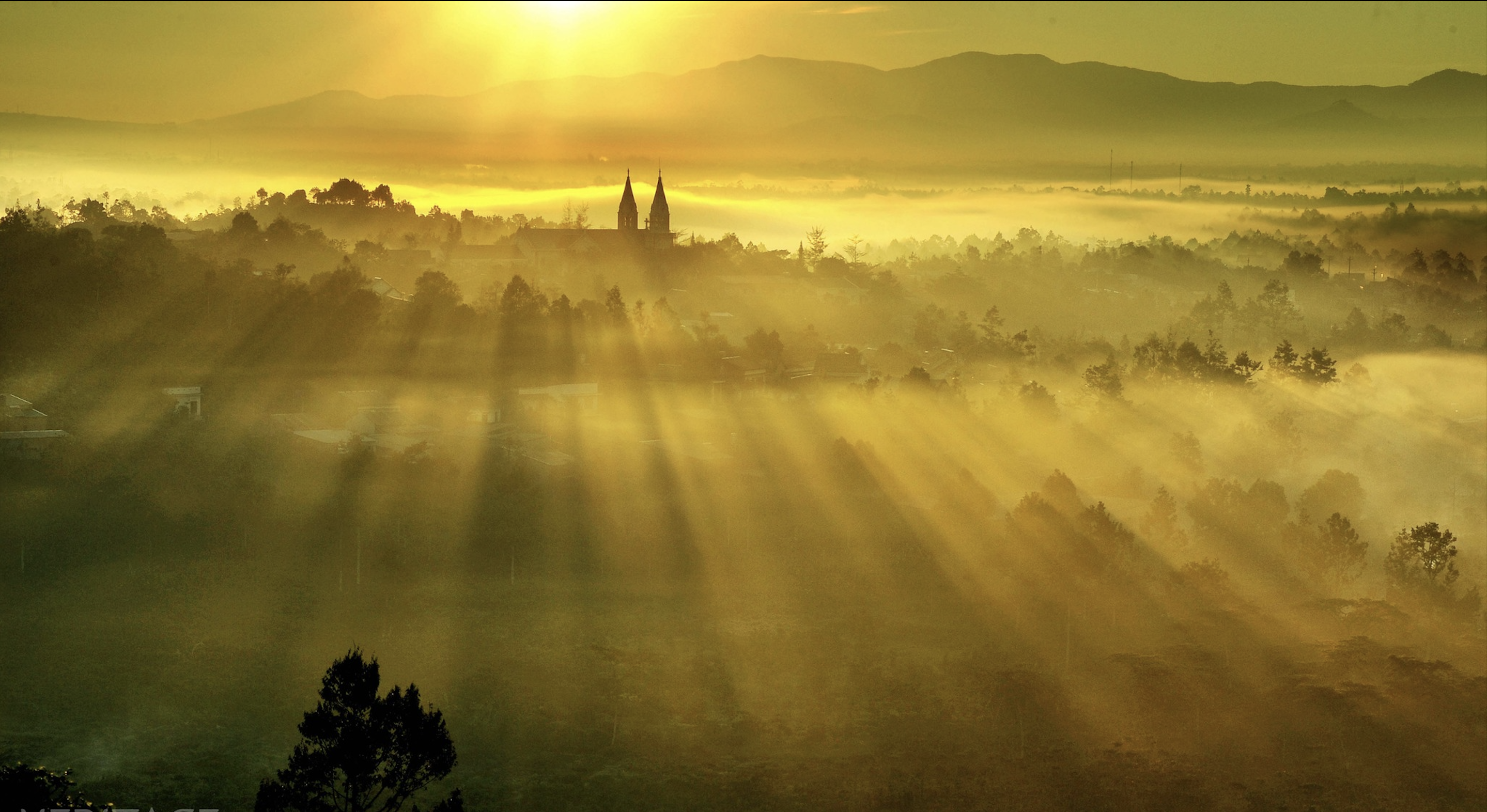
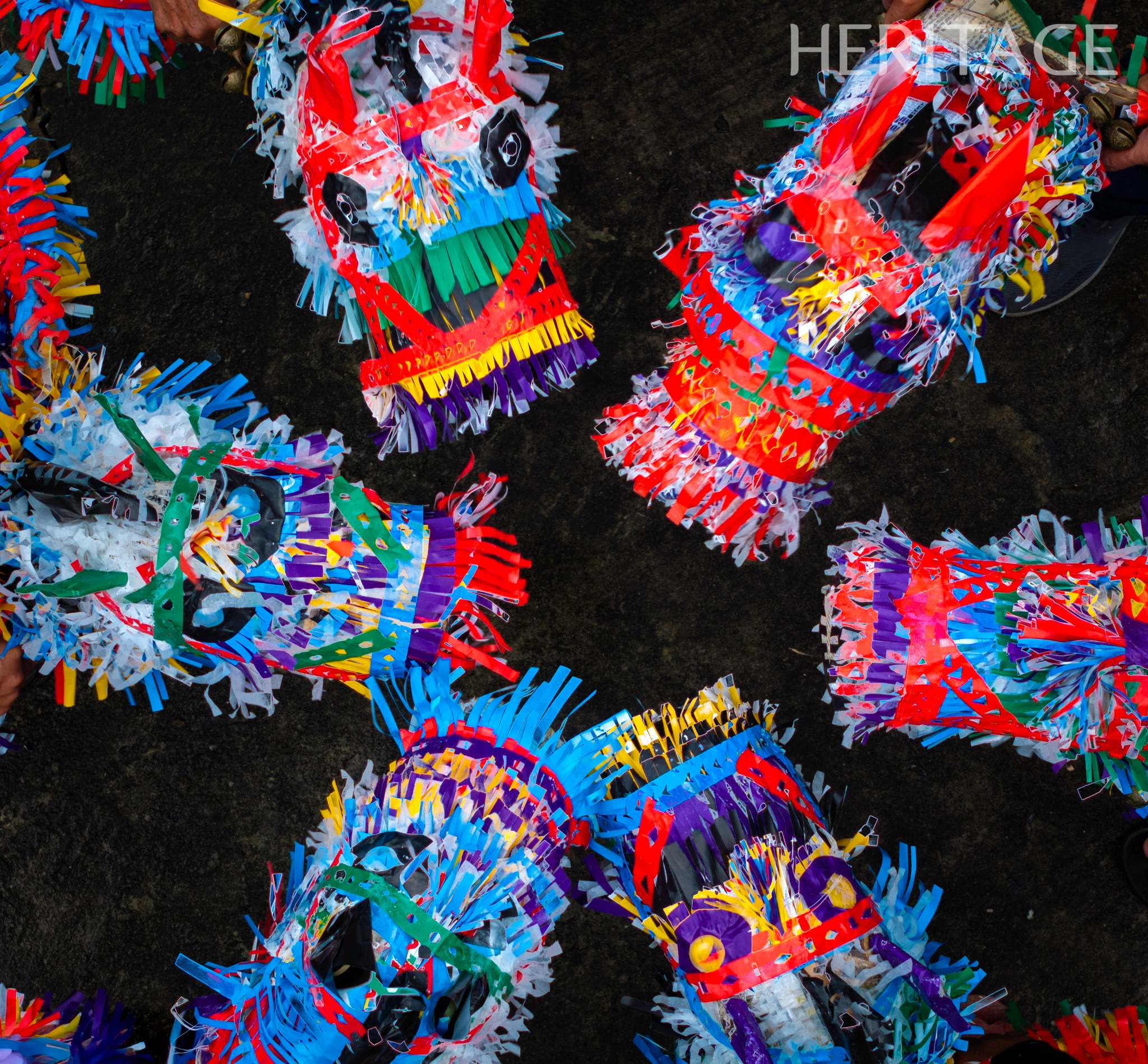


![[Photo] Prime Minister Pham Minh Chinh chairs the conference to review the 2024-2025 school year and deploy tasks for the 2025-2026 school year.](https://vstatic.vietnam.vn/vietnam/resource/IMAGE/2025/8/22/2ca5ed79ce6a46a1ac7706a42cefafae)


















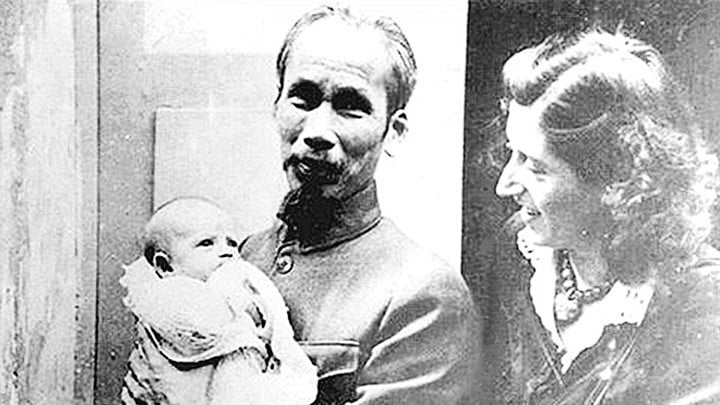















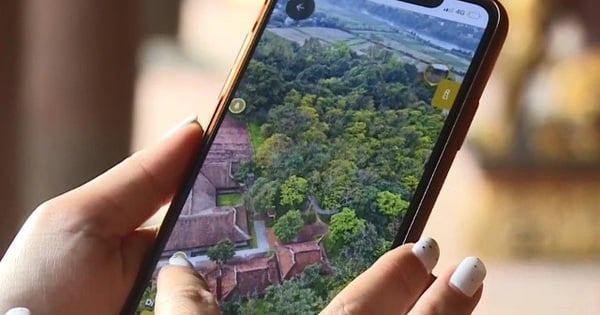






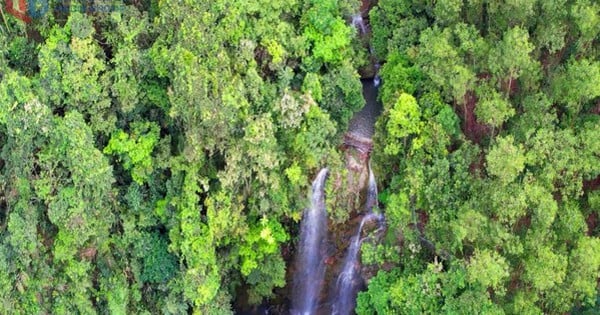
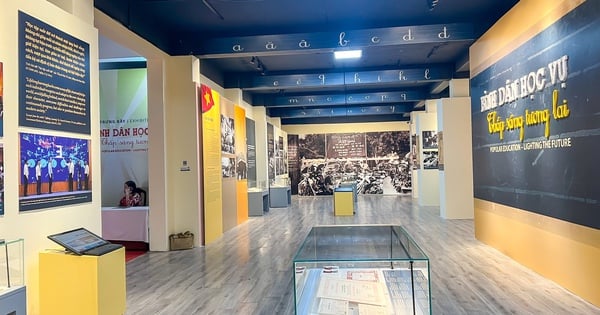
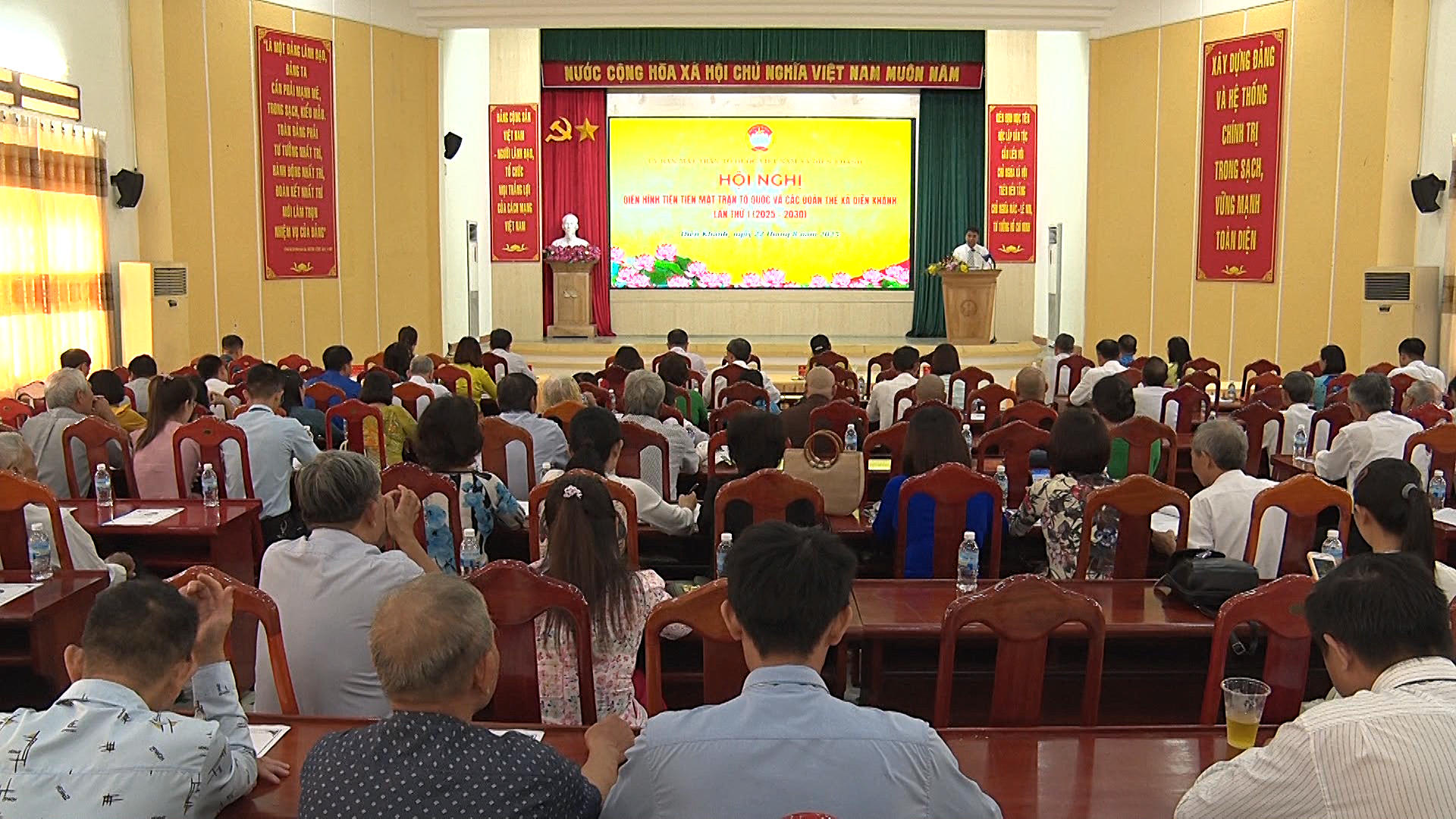






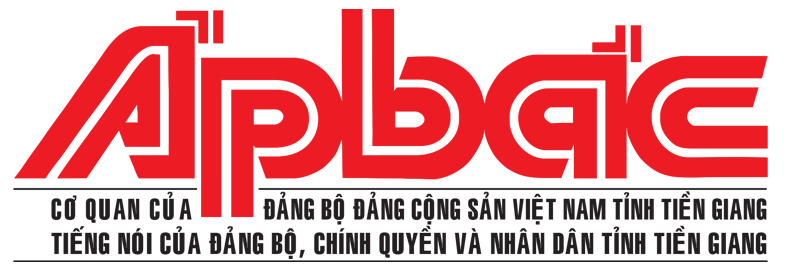


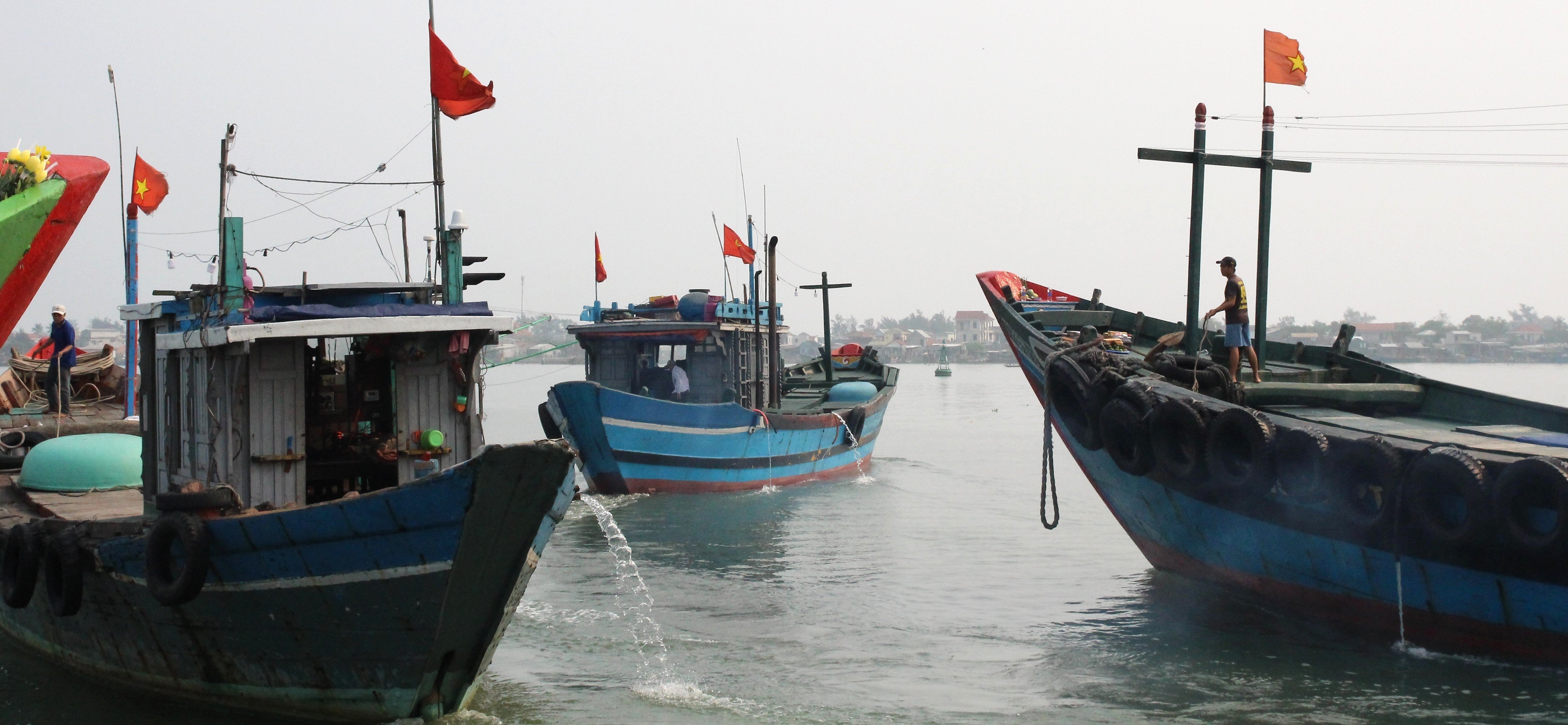














Comment (0)